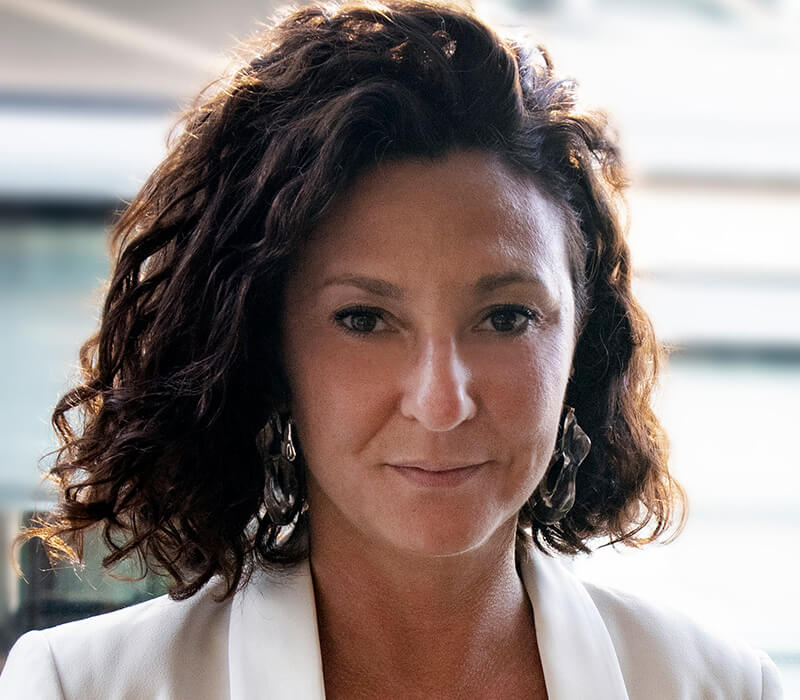The discussion around Placemaking is evolving with new commentary and research stemming from across the human sciences. Today, numerous disciplines from sociology and anthropology to philosophy and environmental psychology all take part in the debate around this concept. Despite these multiple contributors, placemaking is commonly overlooked as nothing more than a buzzword.
Danish architect Jan Gehl attributes this deterioration to the Modern Movement that escalated the attention on the design of singular buildings at the expense of the urban environment. As a result, the spaces between buildings, those that are the focus of placemaking, have been greatly underutilised. Rather than becoming places that tell the story of our neighbourhoods and our cities, or providing a canvas for human interaction, they have instead become an afterthought.
Realising their true potential means directing, or rather redirecting, efforts towards the design of our public spaces and the optimisation of our community assets.
The question then becomes: who is responsible for this? Well, in a sense we all are. By residing, working or inhabiting a place, we exercise a natural influence over it. Whether it be a case of the suburban backstreet that sees more backyard crickets matches than the local oval, or the commuter thoroughfare that becomes a marketplace of a weekend, we shape the places around us and play an active role in making them what they are.
We are not working in isolation, though. Any one place has a multitude of stakeholders, with placemaking often the catalyst that brings public and private entities together to respond to the needs of the community. This may be instigated by a governing body or local council, or it may be a more informal and spontaneous process – in either case though, it should be a multi-faceted undertaking for the collective.
Placemaking should encourage footfall and social interaction; it should promote permeability through developments and among city districts. It should refocus infrastructure needs to enhance mobility, accessibility and walkability, with the retail and hospitality offer adapted to align with community demand. It should breed inclusivity and seek to make life a little more effortless.
Thus, we see placemaking as having the potential to unite a mix of people and asset classes with a common goal. Only when working together can a successful urban environment that contributes to a higher standard of liveability be created. The outcome is a place with a clear identity, one that personifies its community and creates greater value for it.
If we take this view, it is easy to see placemaking as more than just a process or a service, or indeed a buzzword, rather it is more akin to a philosophy. Instead of thinking of placemaking as a task requiring completion, we should start thinking of it as an ongoing practice. Communities will change, its citizens will grow to want different things and our places need to be there, evolving alongside of them.
 Federica Buricco
Federica Buricco